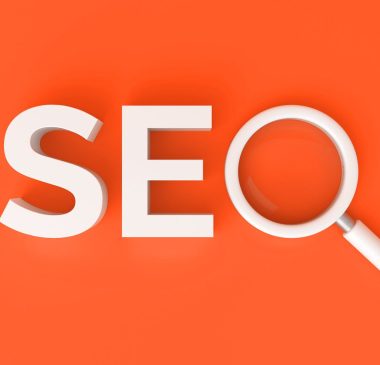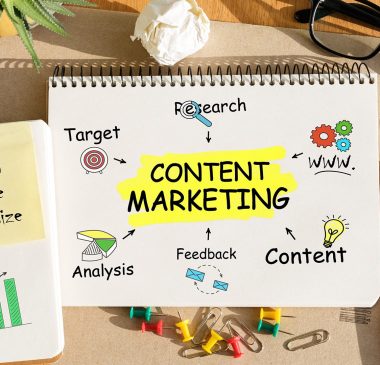Starting an Amazon Private Label business represents a lucrative opportunity in the ever-expanding e-commerce landscape. Private labeling allows you to sell products under your brand name that are manufactured by someone else, giving you control over product specifications and branding. This blog explores the steps and strategies essential for launching a successful Amazon private label business.
Understanding Amazon’s Private Label Environment
What is a Private Label Product?
Private label products are goods made by a third-party manufacturer but sold under your brand name. This model is distinct from wholesale or dropshipping because it allows for higher margins and brand control.
The Private Label Advantage on Amazon
Amazon provides a massive platform where private label products can thrive, often outperforming generic or brand-name competitors due to customized branding and targeted marketing.
1. Researching Your Product Niche
Market Research for Product Ideas
Identifying the right product involves thorough market research. Use tools like Jungle Scout or Helium 10 to analyze market trends, demand, and competition levels. Look for products with high demand but low competition to start your brand.
Choosing a Profitable Niche
Focus on niches that align with consumer interests and have growth potential. For instance, eco-friendly products or health and wellness items are currently trending on Amazon.
2. Sourcing and Manufacturing Your Product
Finding the Right Supplier
Platforms like Alibaba are pivotal in connecting with overseas manufacturers. Ensure that you vet potential suppliers carefully, checking their credentials, reviews, and product quality.
Negotiating Terms
When you’ve chosen a supplier, negotiate terms that protect your interests, including pricing, delivery schedules, and minimum order quantities.
3. Branding and Packaging
Building Your Brand
A strong brand stands out on Amazon. Invest in professional logo design, product packaging, and a compelling brand story.
Legal Considerations
Secure your brand with trademarks and copyrights to protect against infringement, which is crucial for maintaining your unique market position.
4. Registering with Amazon Brand Registry
Protecting Your Brand
Amazon Brand Registry provides powerful tools to protect your brand and create a trusted customer experience. It requires proof of trademark registration and offers benefits like enhanced marketing tools and proactive brand protections.
5. Listing Your Products on Amazon
Optimizing Product Listings
Your product listings should include keyword-optimized titles, high-quality images, and detailed descriptions that highlight benefits. Focus on SEO strategies by integrating keywords like “Amazon private label” and “private label products on Amazon.”
Choosing Fulfillment Methods
Decide whether to use Amazon’s FBA service or handle fulfillment yourself. FBA can significantly ease the shipping process and improve customer service.
6. Launching Your Product
Effective Launch Strategies
A successful launch may involve promotional discounts, Amazon PPC campaigns, and initial customer reviews to boost visibility and sales.
7. Scaling Your Amazon Private Label Business
Expanding Product Lines
Once established, consider expanding your product line to include complementary products or venturing into new markets.
Going Global
Amazon’s global platform makes it easier to expand into international markets, increasing your brand’s reach.
8. Common Challenges and How to Overcome Them
Managing Inventory
Effective inventory management is critical to avoid stockouts or overstock situations, which can impact your brand reputation.
Handling Competition
Stay competitive by continually optimizing your product offerings and marketing strategies. Regularly analyze the market and adjust your tactics accordingly.
Case Studies and Success Stories
Learn from the success stories of other Amazon private label brands. These real-life examples provide valuable insights and proven strategies that can inspire your journey.
Conclusion
Starting an Amazon private label business involves detailed planning and strategic action. From researching and sourcing to launching and scaling, each step requires careful consideration. With the right approach, your private label brand can thrive on Amazon, providing substantial financial rewards.
Call to Action
Are you ready to start your journey? Subscribe to our blog for more insights and download our comprehensive checklist on launching an Amazon private label business today!
By adhering to these guidelines and employing best practices, you can effectively launch and grow your own Amazon private label business, tapping into a profitable segment of the e-commerce market.
FAQs
What is an Amazon Private Label?
An Amazon private label product is one that is manufactured by a third party but sold under your own brand name on the Amazon platform. This approach allows sellers to control product quality, branding, and pricing, differentiating their offerings from competitors and leveraging Amazon’s vast customer base to build a brand.
Is Amazon Private Label Still Profitable?
Yes, Amazon private label is still profitable. The key to success lies in selecting the right niche, effectively managing supply chain operations, and executing strong marketing strategies. With the growth of e-commerce and Amazon’s dominant market position, private labeling can provide significant returns if managed correctly.
What is the Difference Between Amazon FBA and Private Label?
Amazon FBA (Fulfillment by Amazon) is a service where Amazon handles the storage, packing, and shipping of products on behalf of sellers. Private label, on the other hand, refers to products that are manufactured by one company but branded and sold under another company’s label. While private label focuses on brand creation and product ownership, FBA is a logistics solution. Sellers can combine both approaches by using FBA to fulfill their private label products.
How Much Does FBA Private Label Cost?
The cost of starting an FBA private label business can vary widely depending on product choice, supply chain logistics, and initial inventory levels. Typical expenses include manufacturing costs, Amazon fees (which can include monthly fees, fulfillment fees, and additional selling fees), marketing costs, and any costs related to branding and packaging design. Initial investments can range from a few thousand dollars to tens of thousands, depending on the scale and scope of the product launch.
































